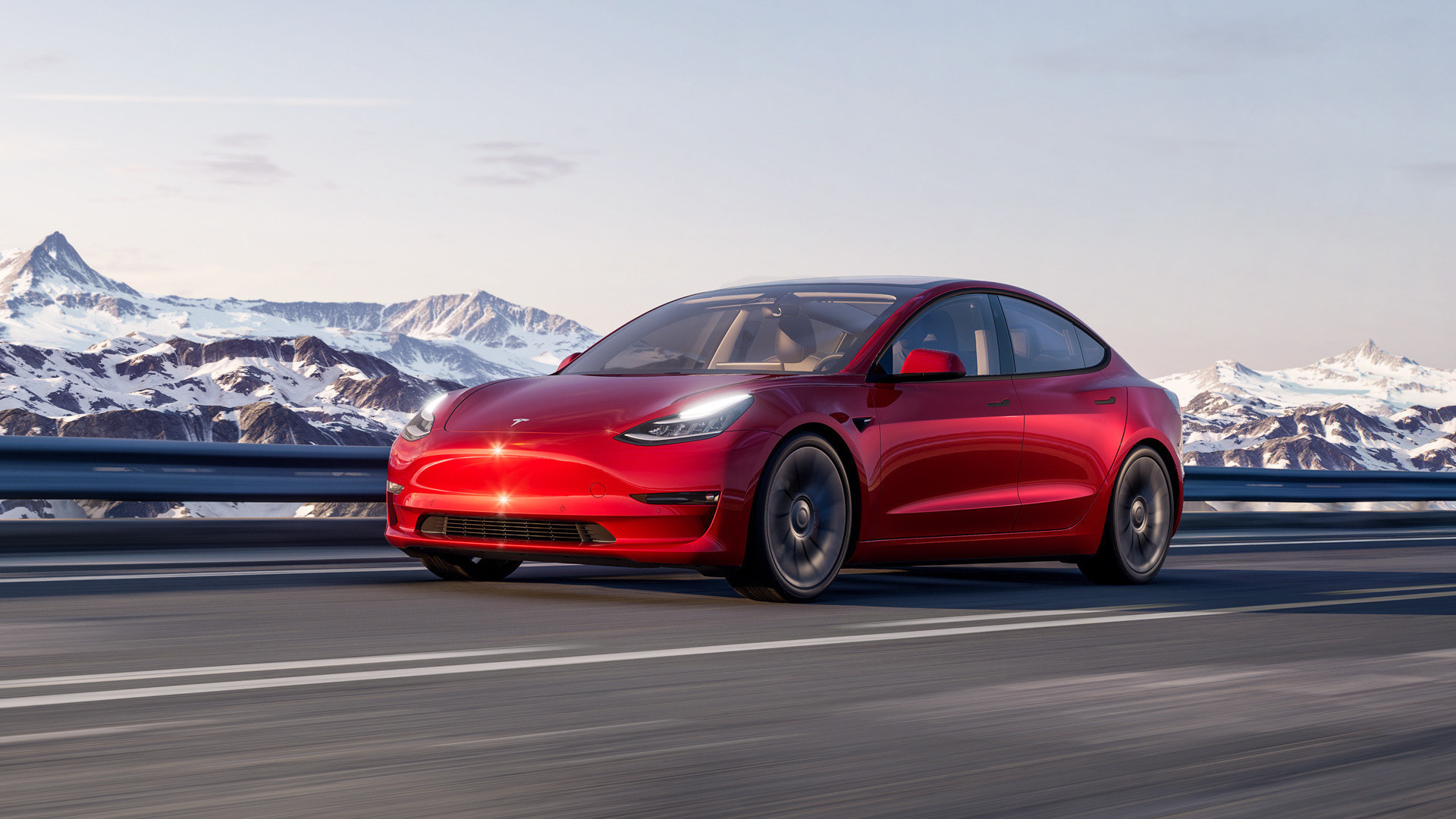

There’s no denying that Tesla’s 2021 Q4 deliveries were impressive. It’s part of the reason that the Texas-based automaker was able to turn a record-breaking profit, all while somehow mitigating the industry-wide global chip shortage. However, there’s reason to believe that those profits may have come as the result of some compromises that could involve vehicle and passenger safety.
According to a report from CNBC, two Tesla employees and internal correspondence seen by the publication revealed that Tesla allegedly eliminated a redundant electronic control unit found in the steering racks of some Model 3 and Model Y vehicles, in order to hit production targets near the end of last year’s final quarter.

The part reportedly removed is allegedly a redundant controller responsible for interpreting the driver’s steering wheel movements into usable commands that can be understood by the vehicle’s electric power steering rack.
Tesla vehicles on the road today are not steer-by-wire, meaning that there is still a physical link between the steering wheel and the rack, so controlling the vehicle manually is not believed to be an issue. However, the unknown is how this may be affected when using Advanced Driver Assistance Systems (ADAS) like Tesla’s Autopilot.
The Drive could not reach out to Tesla to verify or contest the claims, as the automaker dissolved its communications and public relations department some time ago.

Tesla reportedly did not communicate this change to customers, similar to how it quietly removed passenger-side lumbar support in early 2021 and shipped vehicles without some USB ports just a few months ago. Generally, large changes such as removing radar sensors from the Model 3 and Y, are communicated on Tesla’s public-facing blog.
According to the two Tesla employees who spoke with CNBC under the condition of anonymity, at least one internal discussion was said to be had on whether or not Tesla should inform customers. Tesla reportedly decided to to keep quiet on the matter.
Employees also were unsure if the missing hardware would affect the use of Tesla Full-Self Driving (but not really) beta features, or if it affects Tesla’s timeline of Autopilot becoming a more advanced partial-autonomy system than its claimed Level 2 functionality. It’s also not clear if Tesla will need to retrofit any missing hardware in order to restore the redundancy lost by the change.
“My personal guess is that we’ll achieve Full Self-Driving this year at a safety level significantly greater than a person,” said CEO Elon Musk during the company’s year-end earnings call. “So the cars in the fleet essentially becoming self-driving via software update, I think, might end up being the biggest increase in asset value of any asset class in history.”
The affected vehicles are reportedly built at Gigafactory Shanghai, the automaker’s largest production facility currently operating outside of the United States. These Model 3 and Y vehicles are supplied to customers throughout the world—Europe, Australia, and, of course, domestically in China. It’s not immediately clear if the same change was architectured in vehicles built Stateside or on vehicles for sale in the U.S.
While this move may have saved Tesla some cash and enabled the automaker to bolster its end-of-year deliveries, it’s not yet apparent how this might affect these vehicles in the future. Whether or not Tesla will need to retrofit any hardware to support its autonomy goals is still an unknown, and the cost of parts and labor could prove to be significant.
Got a tip or question for the author? You can reach them here: Rob@TheDrive.com